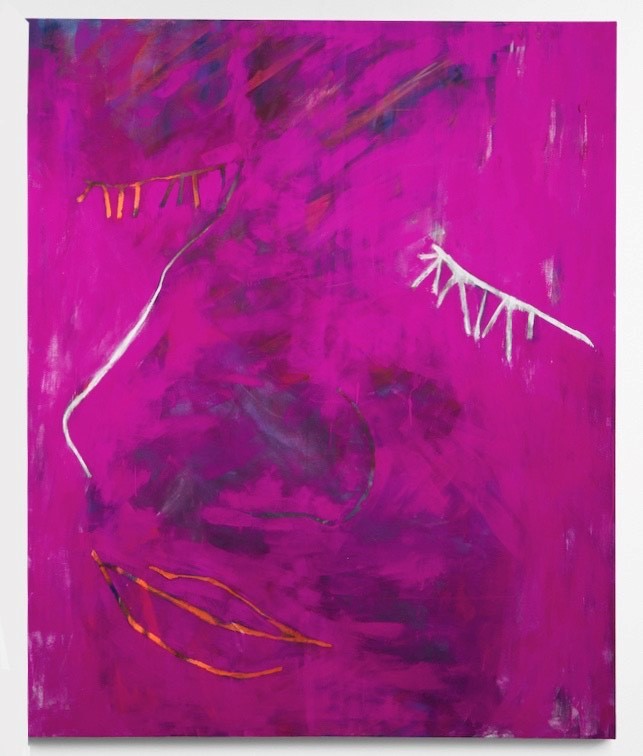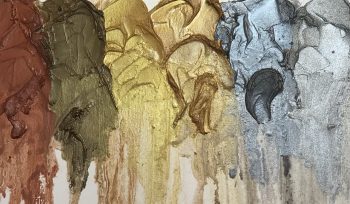Metallic Colours by Nadine Mahoney

Our interest in Metallic colours is an old one. The ancient Egyptians learnt to hammer gold to adorn sarcophagi and tombs. Such a revered material, it was thought to be akin to the skin of gods. Images of gods would be painted by grinding flakes of gold into beeswax to create paint. The Egyptians were aware of Silver, but gold was favoured as it didn’t age and discolour. This obsession with the shine of gold continued, and its extortionate cost kept artists and alchemists busy for centuries to find cheaper alternatives.
The C19th saw the development of bronze and copper-based pigments. The fish skin was another popular way of getting shine into the paint and was even used in car paints. In the 1930’s America, the mother of pearl effect from fish flakes gained popularity as it highlighted the curves of new car designs. But with 40,000 tons of herrings needed to make just a kilo of car paint, the general public was out-priced, and a cheaper alternative was needed. Metallic paint with aluminium flakes was developed and mass-produced. You might wonder what all this has to do with fine art, but the automobile industry has facilitated a lot of innovation for contemporary artist materials. This innovation with aluminium flakes was incorporated into artist paints and now provide us with a whole range of metallic hues -as does the beauty industry with their pearlescent (glittery mica-based) pigments.
Metallic paints as the name suggests are made from metal. Generally made from anonymised aluminium, they reflect light in the same way that metal objects do. The qualities they evoke have a wide range from Luxurious to tacky, and loud to meditative. And artists have made perfect use of these multifaceted associations.
Andy Warhol’s Silver Car Crash is a beautiful example of the depth metallics offer, and is best described by this quote: ‘It was the perfect time for Silver. Silver was the future…astronauts were silver suits. And silver was also the past – the silver screen – Hollywood.’ Metallic paints are more than just adding shine to a surface.
The artist that first put Metallics and iridescent colours onto my radar was Sigma Polke. His paintings make use of metallic and iridescent effects to create movement. As you walk around his paintings, the little flecks of shine allow the painting to move with you. By avoiding a fixed position, his works become alive, which is what first attracted me to the medium, they allow the painting to engage with the viewer in a playful but intentional fashion.
Psychologist studies have suggested that our attraction to shiny materials is unconscious, and due to an innate connection to flowing water. This feels totally plausible, but I also feel it evokes a feeling of positivity. Colour plays a major role in my practice, and I use metallics and iridescent pigments quite regularly, often to lift the painting when I feel it has got too murky. In practical application, Metallics offer a fantastic base over gesso, with Hush I created a base layer with aluminium paint, which even when covered with an optic pigment added an illuminated quality to the painting.



